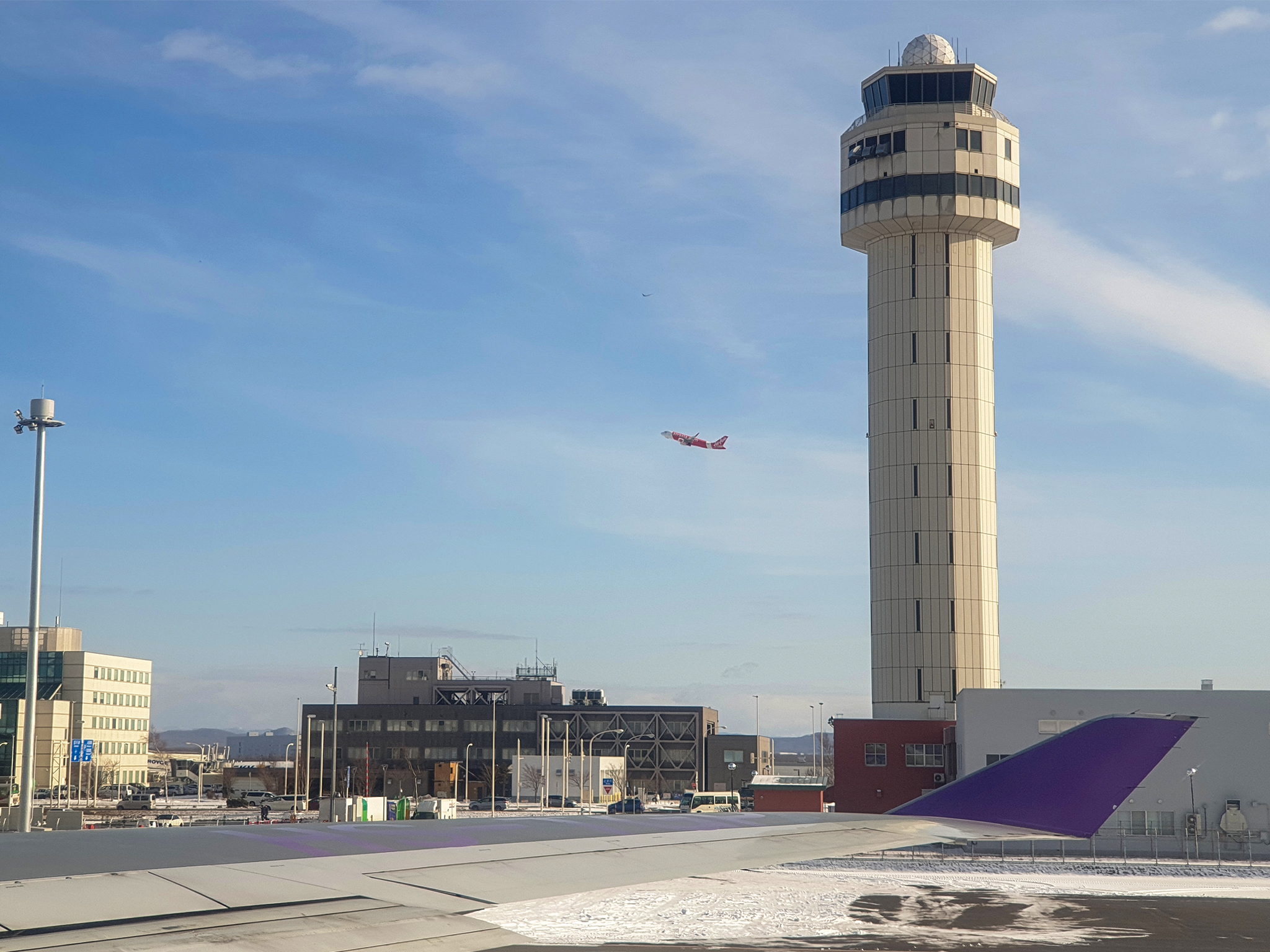At approximately 5:30pm on Tuesday, two passenger planes collided at New Chitose Airport in Sapporo, the capital of Hokkaido.
No Injuries Reported
According to officials at the airport, while taxiing to a runway, a Korean Air jet clipped a parked Cathay Pacific aircraft. There were 289 passengers and crew on board the Seoul-bound Korean Air flight, but no injuries were reported. All the passengers who had traveled from Hong Kong on the Cathay Pacific plane had already disembarked. Airport firefighters were on standby, but there was no fire or fuel leak.
The left wing of the Korean Air jet was broken, while the right tail of Cathay’s Boeing 777-300 was damaged. A Korean Air official said a vehicle towing the A330 airbus backwards ahead of departure skidded on the snowy tarmac causing the planes to collide. Prior to the collision, New Chitose Airport announced it was “experiencing flight delays and cancellations today due to heavy snow. Please check your airlines for details.” A total of 46 flights were canceled on Tuesday.
Second Collision in Two Weeks
The collision at New Chitose Airport came just over two weeks after a Coast Guard aircraft collided with a Japan Airlines (JAL) passenger jet at Haneda Airport (officially Tokyo International Airport), killing five of the six people on board the smaller vessel, which was preparing to deliver aid to survivors of the New Year’s Day Noto earthquake. The JAL airbus burst into flames, yet remarkably, all 379 on board were safely evacuated in 18 minutes.
The investigation into the accident is ongoing. A partial release of a transcript of communications between the air traffic control tower and both planes revealed that the commercial flight had been given permission to land, while the Coast Guard aircraft had been told to “taxi to holding point C5.” While two separate plane collisions in such a short space of time is concerning, aviation expert Kathleen Bangs said it would be a mistake to compare the incidents, adding that, episodes like Tuesday “are not rare.”









